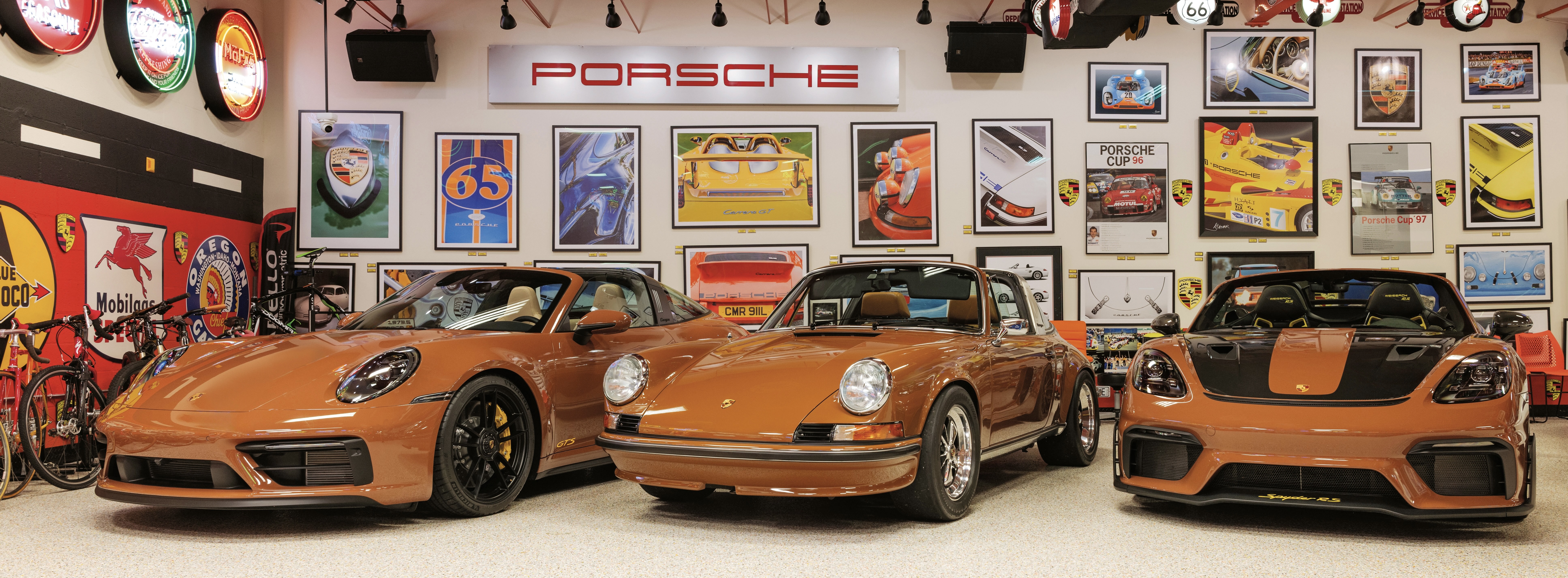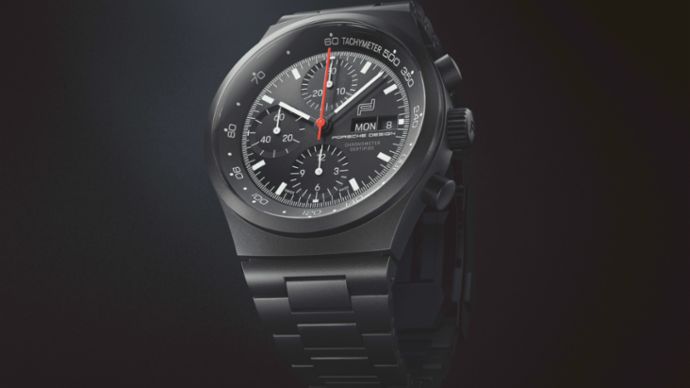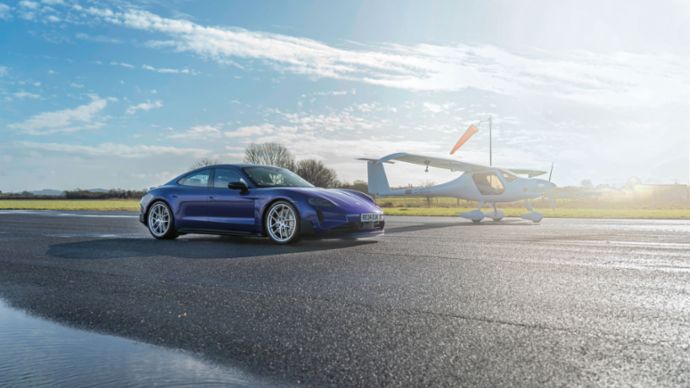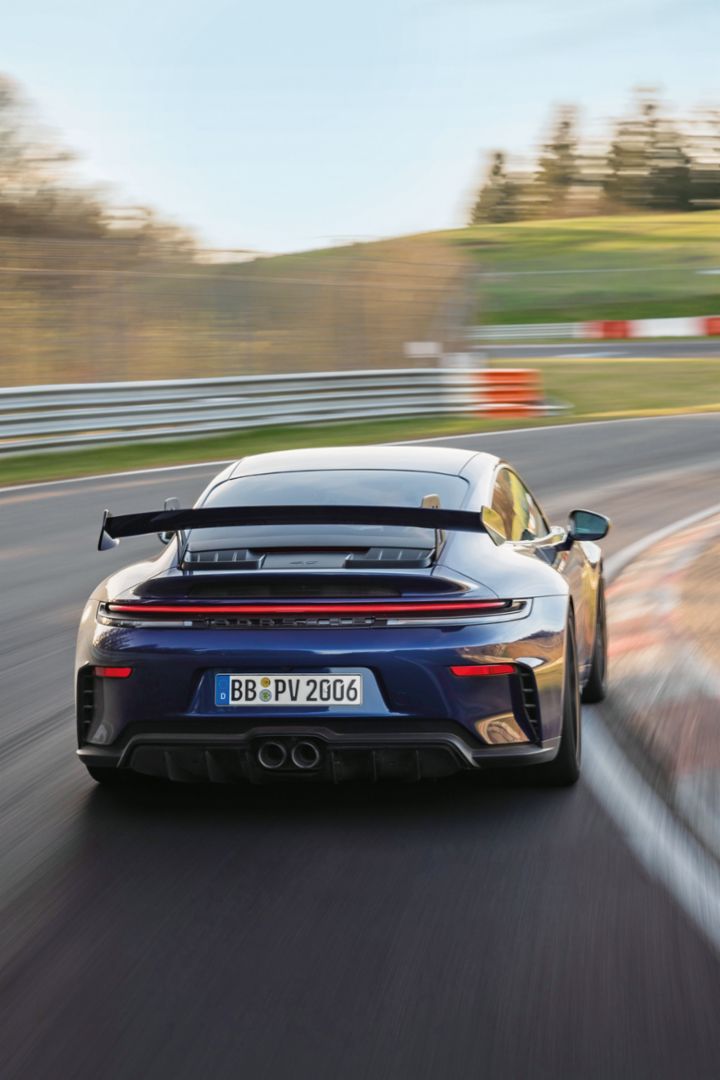The Sepia Effect
Collector and racer Richard Raimist’s lifelong love affair with Porsche began with a highly unusual 911 T Targa in Sepia Brown.
Behind another nondescript garage door in the town of Jupiter, southern Florida, hides half a century of motoring passion. Shelves stacked with racing helmets, trophies, and model cars, walls peppered floor-to-ceiling with vintage signs and sponsorship decals. And at the center of this sprawling shrine to the automobile are no fewer than seven Porsche sports cars. Three in particular stand out because they have one thing in common – despite more than 50 years between their production dates – and that’s the color Sepia Brown.
In this sanctuary, 72-year-old Richard Raimist celebrates his decades-long connection to the brand, which has taken him to legendary racecourses across his home country. But like so many enthusiasts around the world, his Porsche story began in childhood, from the backseat of the family car. Raimist grew up in Los Angeles in the 1960s, where the US Porsche scene had already taken a firm foothold, and the influence of these exotic and curious sports cars was everywhere – or at least that’s how it seemed to Raimist. “When I was young, I was always seeing Porsche go by, whether they were 911, 356, or 914 models,” he recalls. “So my head was always turning!” And thus the desire was born to one day not only look on in amazement, but also get behind the wheel himself.
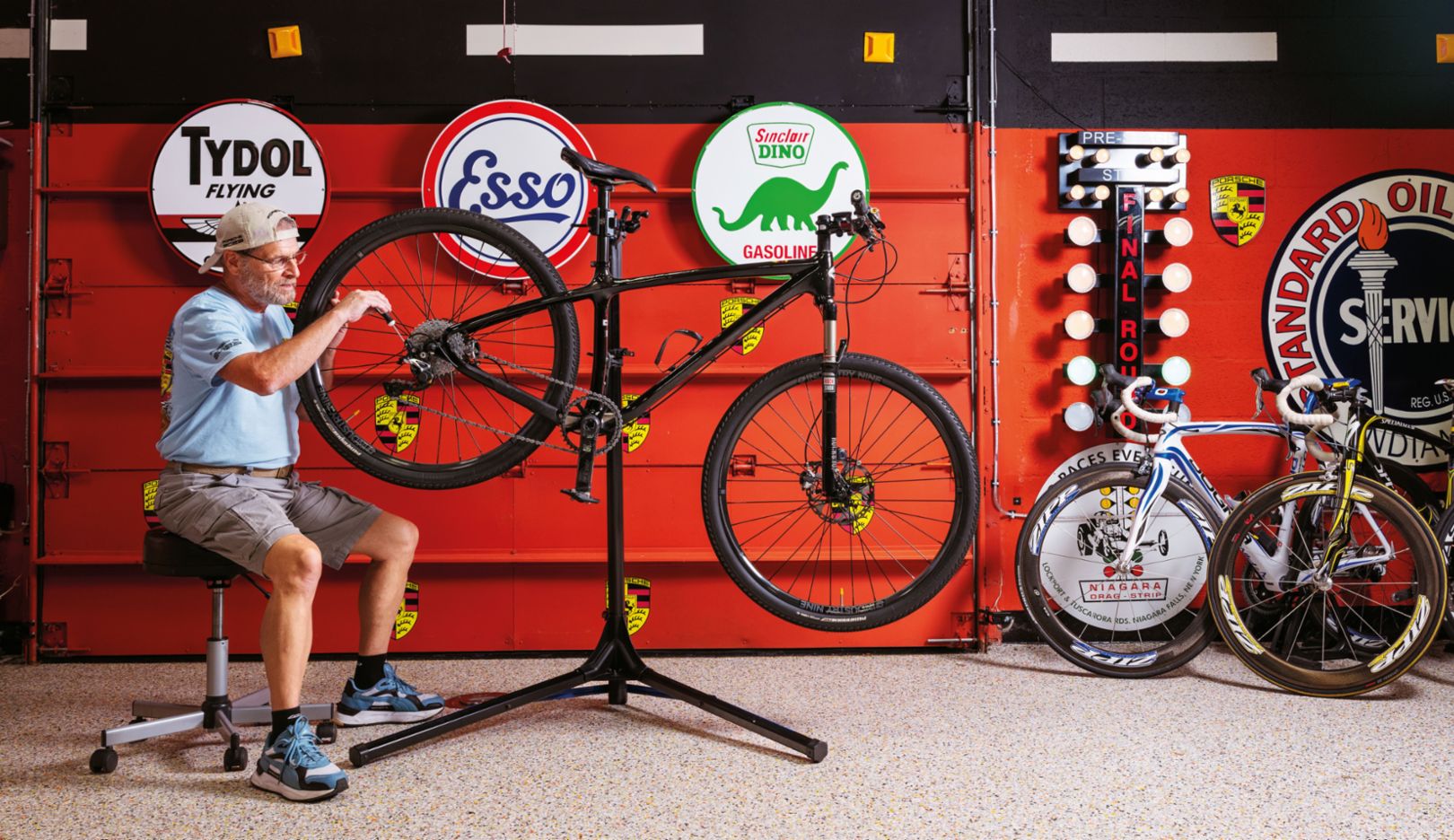
Richard Raimist:
The former race car driver and Porsche collector Richard Raimist has a fondness for an unusual color: Sepia Brown.After graduating from high school in 1971, Raimist decided to stay in the West Coast city and actually do what so many dream of there – he went to Hollywood and worked in the film industry in the field of postproduction. The sector was booming, and just two years later he had saved enough money to fulfill his dream. At just 20 years of age, he purchased a 1973 911 T (original 911) from a dealership in Hollywood; the car was still in transit from Germany to the US. “A Targa in Sepia Brown – it was love at first sight,” explains Raimist. “That was not a popular color at all in LA, and I kinda stood out. But as time has gone on, more and more people seem to get it.”
Sepia Brown was available as a special color in the model years 1970 and 1971 and as a series color in the two years after that. A total of 1,283 911 cars were delivered in that color, 477 of them Targa models. One of these is Raimist’s first 911, which he still owns to this day. The Targa has had a profound influence on much of Raimist’s life, both personal and professional.
Nearly ten years and 160,000 kilometers later, Raimist put the 911 into storage following his relocation to San Diego. It sat there for five years while he concentrated on his work, at that time in the investment markets, until his then-partner, Paula, encouraged him to get it back on the road. Rather than just getting it out of the garage, Raimist, who had discovered racing in the meantime, modified the Targa for amateur competition by adding original RS-type stainless steel flares, a sports steering wheel, wider tires, and a 3.2-liter engine from 1986. Raimist’s initial goal was autocross and time trials, so he joined Porsche Club of America and began competing in amateur events around San Diego.
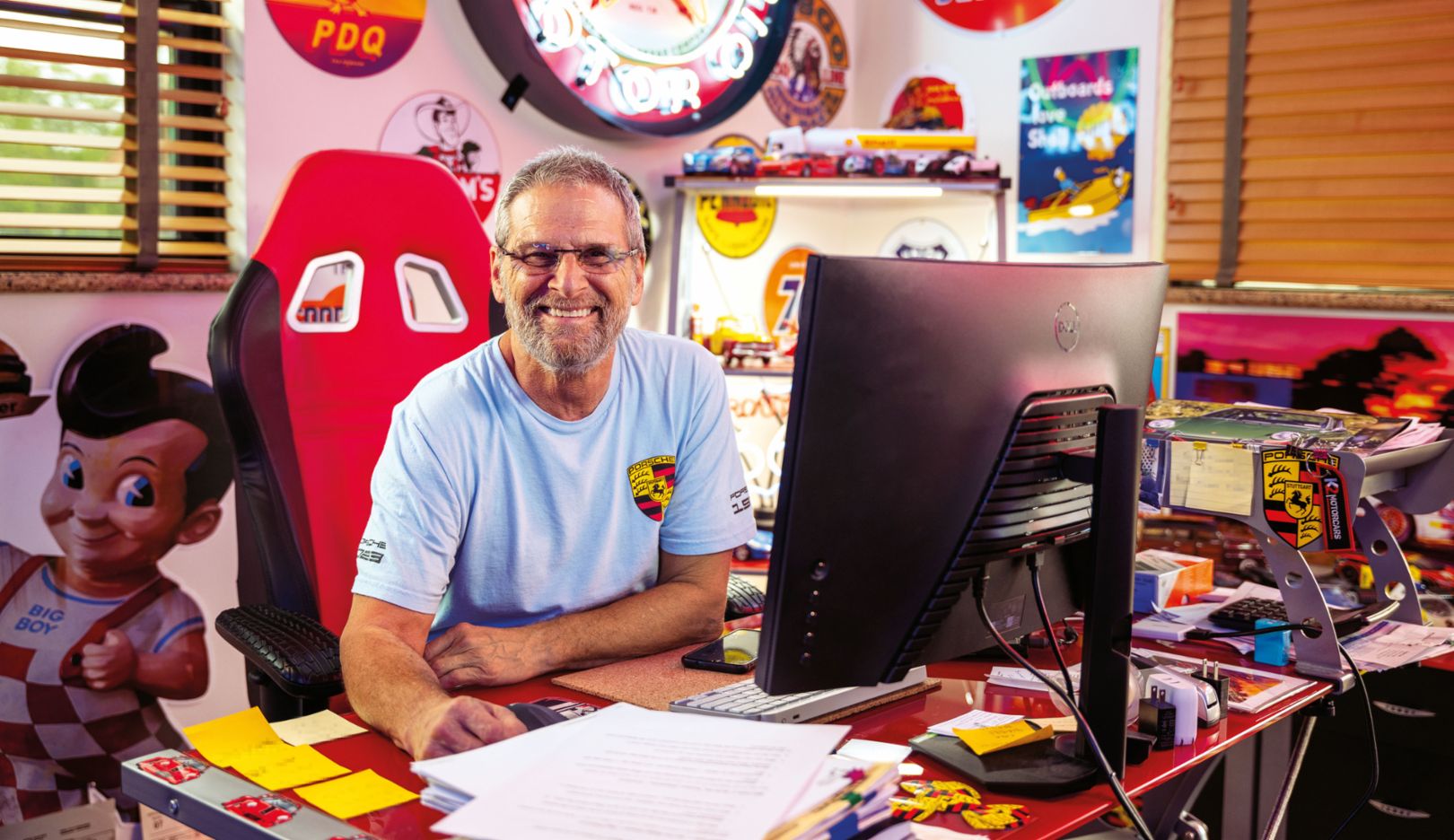
Colorful workplace:
Raimist is also committed to his passion in his office, which is integrated into the garage.The competitive bug had bitten hard. And in order to participate as a member of the LA Porsche Owners Club, he purchased his next 911 in 1993, this time a 1973 Coupé, which he converted to RSR specification. “In 1994, I purchased a 911 Carrera RSR 3.8 (964), this time a factory vehicle,” he says. “And I went all around the country doing the PCA club racing series.” From Sebring, Road Atlanta, and Lime Rock Park to Watkins Glen, Road America, and Laguna Seca. “And the following year I decided to dip my toe into professional racing.”
That step into the big leagues would be a bold one, with the then-41-year-old renting a seat in a 911 Cup for the 24 Hours of Daytona in 1995. As part of a team that included veteran endurance racer Larry Schumacher, Raimist finished the blue riband event in 27th position from a 74-car field. “For me as an amateur, that was such a thrill,” Raimist reflects, “and that really lit the fire in my belly.”
Raimist took the next step in his motorsport career when he established his own race team, Team A.R.E, and competed in three rounds of the IMSA GT Championship that year, including a third-place finish at Laguna Seca. And in 1996, as team owner and driver, Raimist entered the Daytona once again and finished an incredible sixth overall and second in class. “My 15 minutes of fame began at that moment,” he says laughing. Eventually the challenges of running a successful team would ultimately force Raimist to forgo the role of driver. But as head of the A.R.E. team, he would continue to excel in IMSA for several more years, before ultimately retiring from frontline racing in 2000.
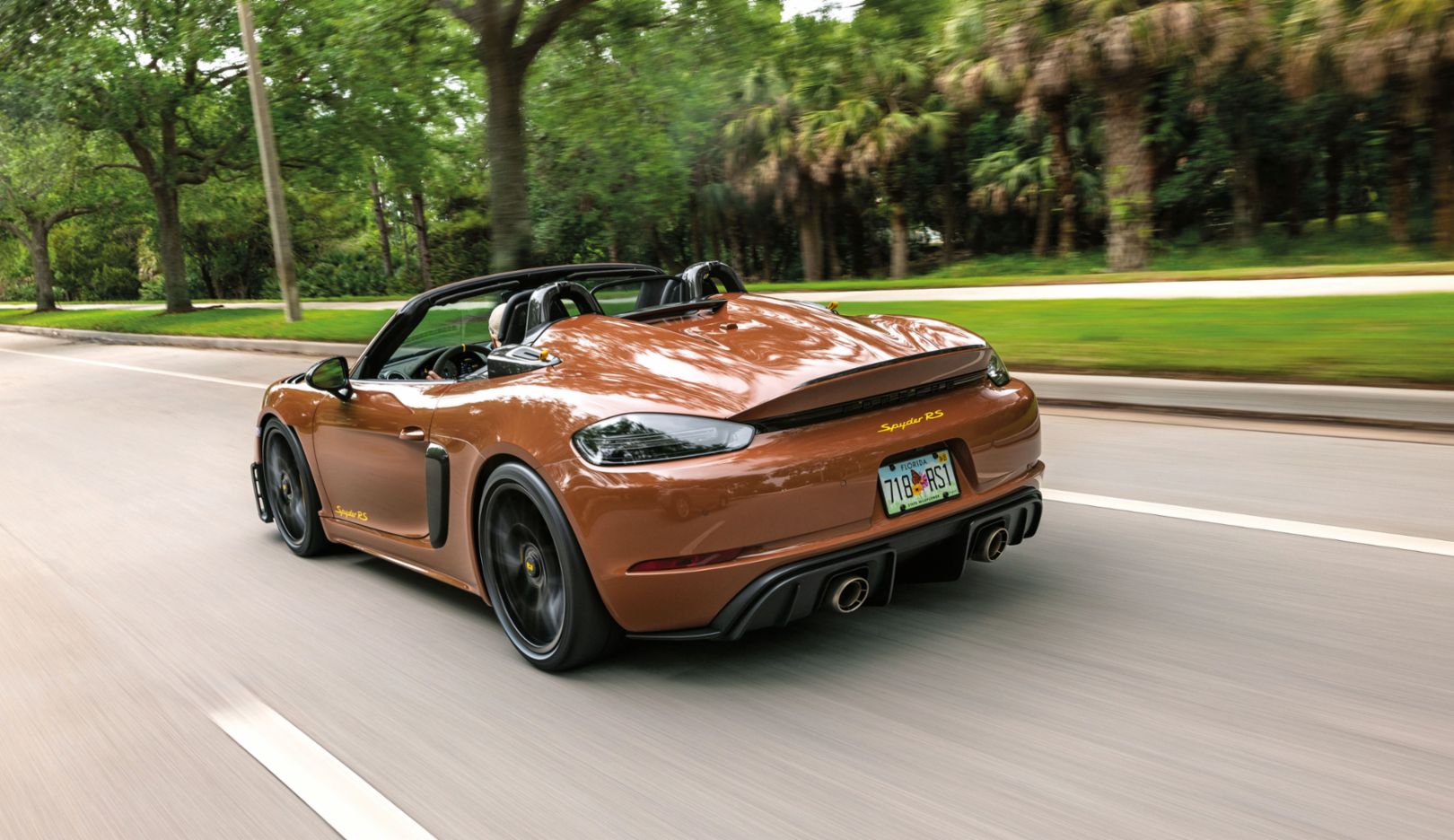
Rare sight:
Taking advantage of the Paint to Sample program, Richard Raimist had his 718 Spyder RS painted in Sepia Brown.He moved to Florida, where he would help a number of other Porsche privateers with their own sports car campaigns and begin pursuing other passions. Raimist, who also feels at home on two wheels, managed a bicycle shop in Jupiter and competed in countless track and road cycling races over a 40-year period. But his passion for Porsche continues to this day.
As does his passion for a certain color. Raimist’s garage houses the classic Targa between two other models in Sepia Brown: a 911 Targa 4 GTS (992), which he acquired in 2023, and a 718 Spyder RS, which was added one year later. Three Porsche models with more than 50 years between them – all in the same, historical color. Sepia Brown can now be configured in the Paint to Sample program. In addition to the Sepia models, which set just the right tone, Raimist also has a 718 Spyder (built in 2022), two 911 cars from 1973 (original 911), and a 914, all of which are driven on a regular basis.
As a race car driver and team head, Richard Raimist has lived a life full of adrenaline. And even since retirement, he continues to write new chapters. Today, he shares his experiences on social media and is a regular presence at automotive events in Florida. His family of head-turning Sepia Brown Porsche have become minor celebrities in the local community. And it turns out that the family is still growing. “I’ve just found out that we have been given approval by Porsche for a new Cayman GT4 RS,” Raimist announces in the garage, his voice full of anticipation. “So this summer, I will have the fourth brown Porsche.” The Sepia effect continues to have a hold on Richard Raimist.
Richard Raimist on YouTube
Click here to visit his channel.
Consumption data
718 Cayman GT4 RS
718 Spyder RS
-
12,7 l/100 km
-
288 g/km
-
G Class
911 GT3
-
13.8 – 13.7 l/100 km
-
312 – 310 g/km
-
G Class
Taycan Turbo GT
-
21.2 – 20.5 kWh/100 km
-
0 g/km
-
A Class
